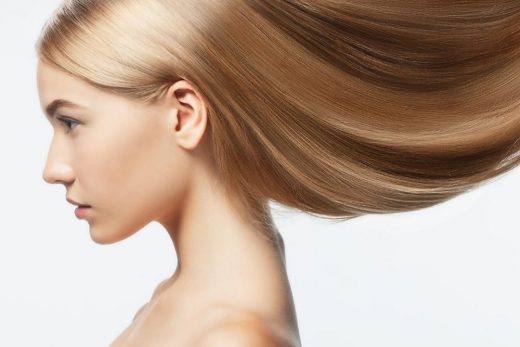Getting a new piercing is all fun and games until some time has passed and you end up with a abnormal looking bump appear around the area. This raised bit of skin that often occurs is called a keloid scar.
Although mainly a superficial affliction, keloid scars can also cause the skin around the area to become itchy, painful and very sensitive if you accidentally end up knocking it. Not ideal.
But, keloid scars don’t just occur after a piercing, in fact, there are a number of reasons they might appear. We’ve asked the experts and rounded up everything you need to know about what causes keloid scars and the available treatments that may help to manage them.
Everything You Need To Know About Keloid Scars
What are keloid scars?
In recent years there’s been a positive movement on social media raising awareness of the negative stigmas around keloid scars but, by no means is it a new condition.
Keloids are an ancient affliction, with literature dating back to 3000BC, explains Aesthetician, Dija Ayodele. They are raised and bulky scars. They tend to occur within a few months of the injury.
It’s key not to confuse keloid scars with hypertrophic scars, which may look the same but don’t expand. Comparatively, keloid scars stay the same size or grow, instead of regressing or shrinking.
They’re characterised by a build-up of excessive scar tissue that extends beyond the boundaries of the initial skin injury.
Can you reduce your risk of getting keloid scars?
If you know in advance you’re going to undergo something that might cause a keloid scar (such as a tattoo or surgery) there are a few things you can do to minimise the damage.
Wound cleaning, protection and creating a moist wound healing environment reduces the chances of scar formation. Treatment of scars depends largely on the type of scar. Healing gels that contain a hydrocolloid can be useful at healing wounds quickly and thus reducing scar formation. They create a moist environment that encourages blood vessel formation and clot breakdown, which are helpful. However, for the majority of people who get keloid scars, there’s normally a lack of environmental changes you can do to stop them from forming.
If an individual is prone to keloids then it cannot be prevented. However, because keloids are prone to happen during puberty, cultural practices such as ear piercing are encouraged earlier in life.





